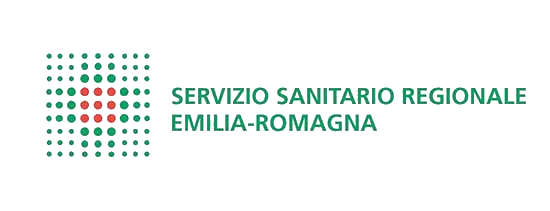Soluzioni per la Stampa in 3D Taylor Made
Vendita di stampanti 3D, Sistemi CNC, e pantografi taglio Plasma.
Assistenza e Formazione Garantita su tutti i nostri prodotti
Benvenuti nel raffinato mondo della stampa 3D, dove l’innovazione incontra la precisione. 3DCUT.IT è la vostra destinazione di fiducia per le soluzioni avanzate di stampa tridimensionale. Sia che siate professionisti esperti alla ricerca delle ultime tecnologie, aziende in cerca di soluzioni di prototipazione o creativi desiderosi di esplorare il potenziale della stampa 3D, il nostro sito offre una selezione accuratamente curata di stampanti di alta qualità e materiali premium. Intraprendete un viaggio verso la produzione personalizzata e la prototipazione avanzata con 3DCUT.IT, il vostro partner di fiducia per eccellenza nel mondo della stampa 3D









































